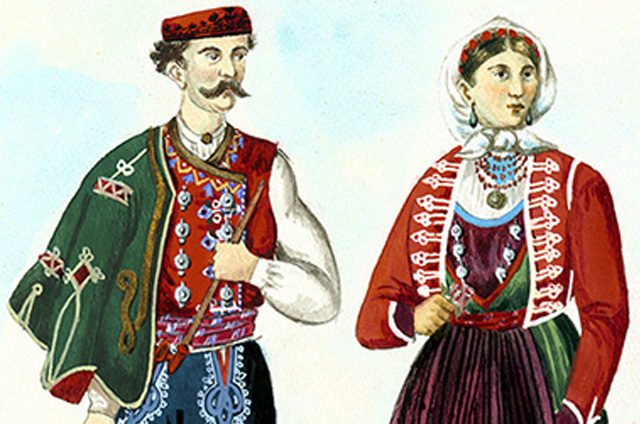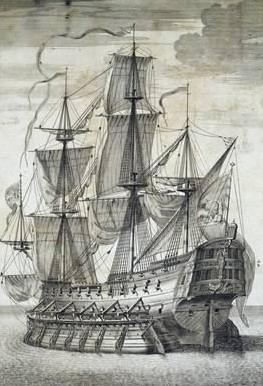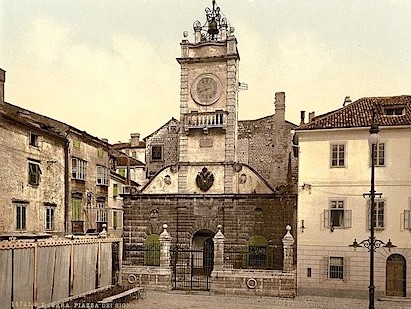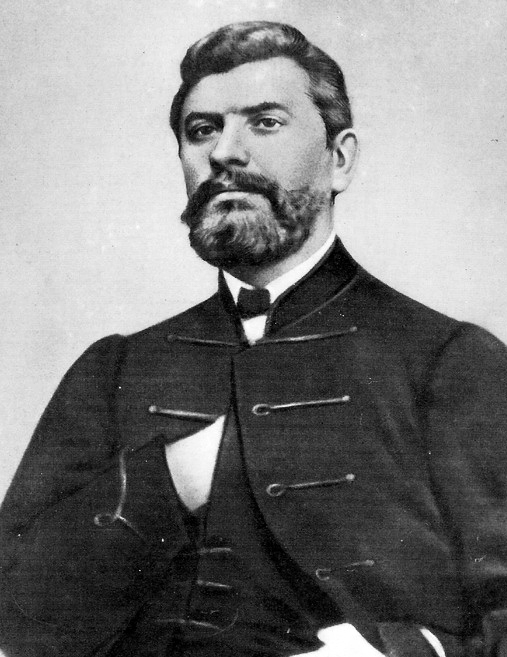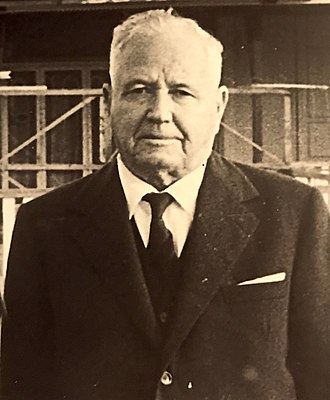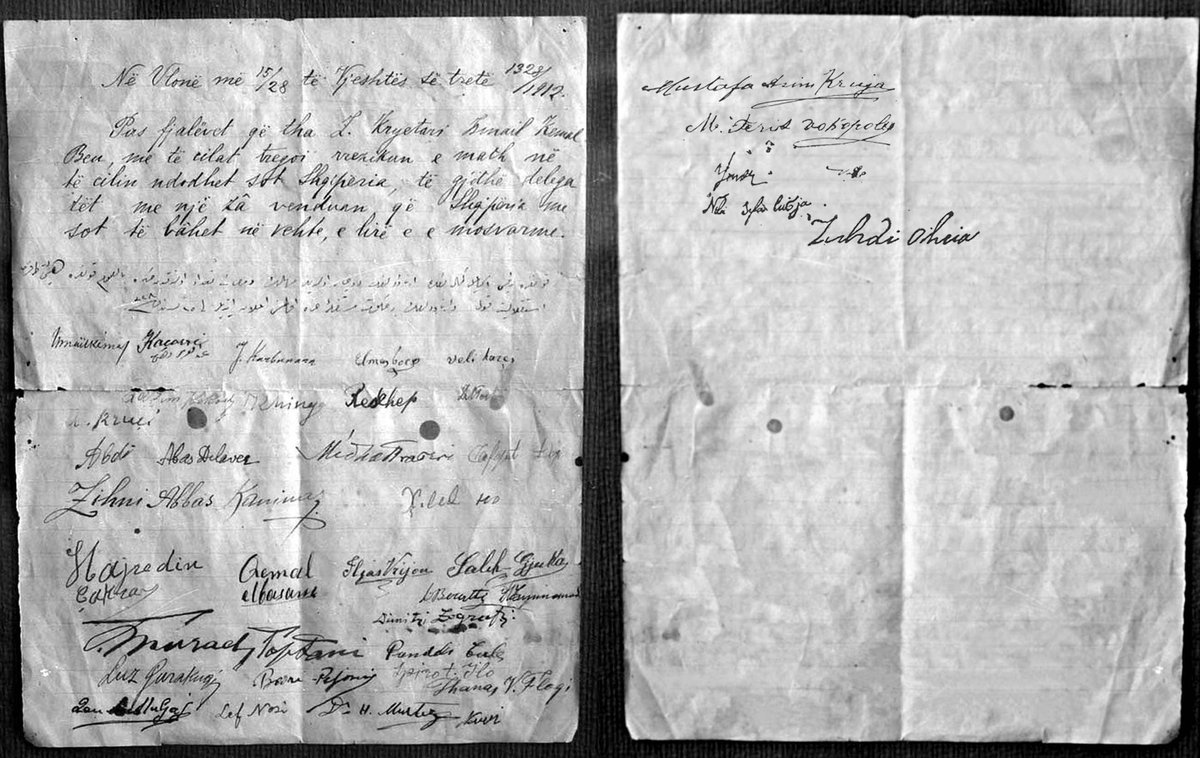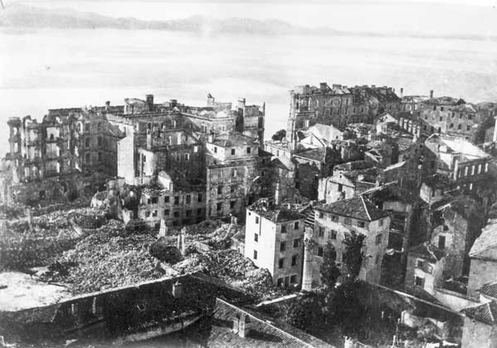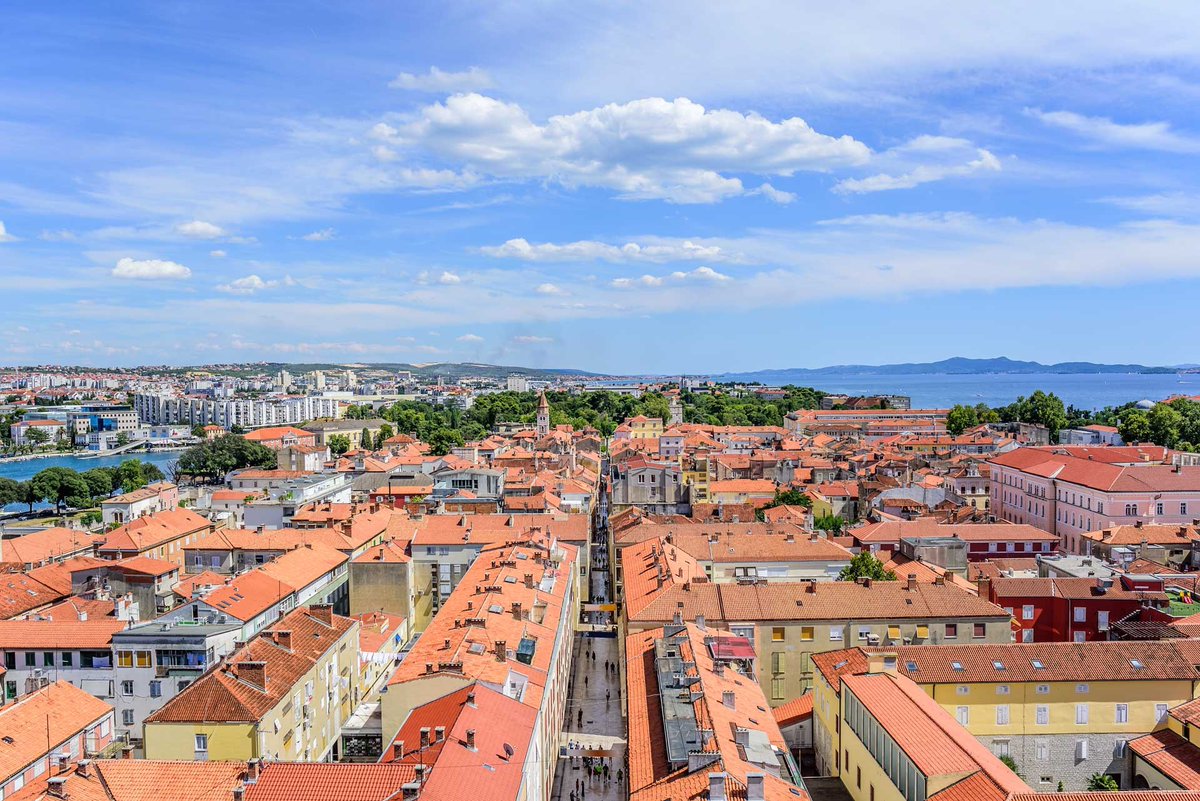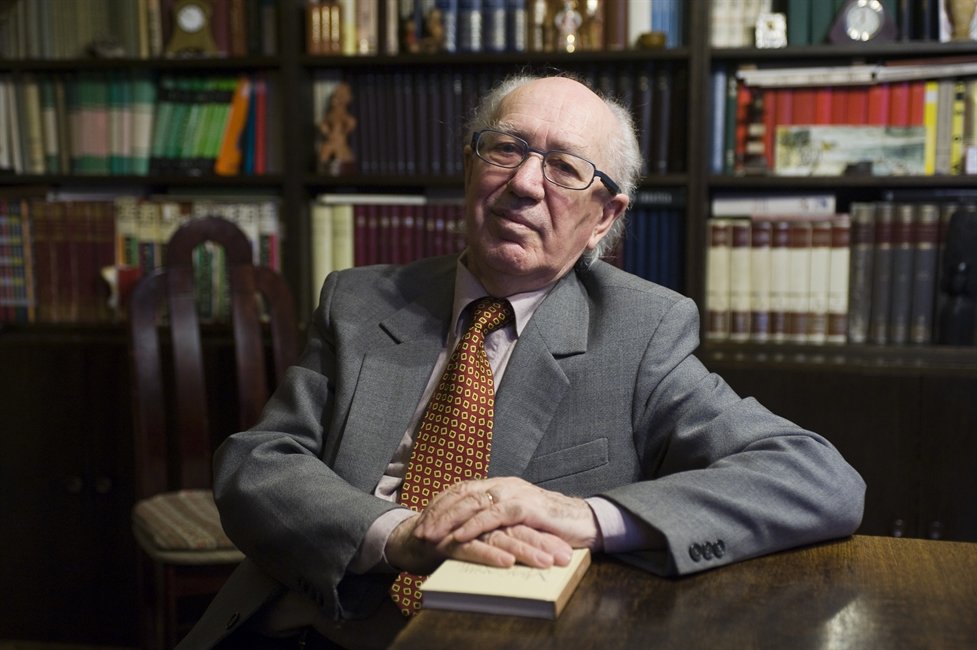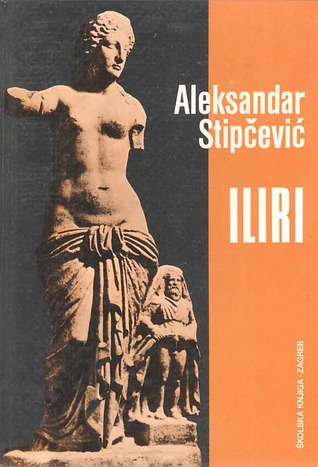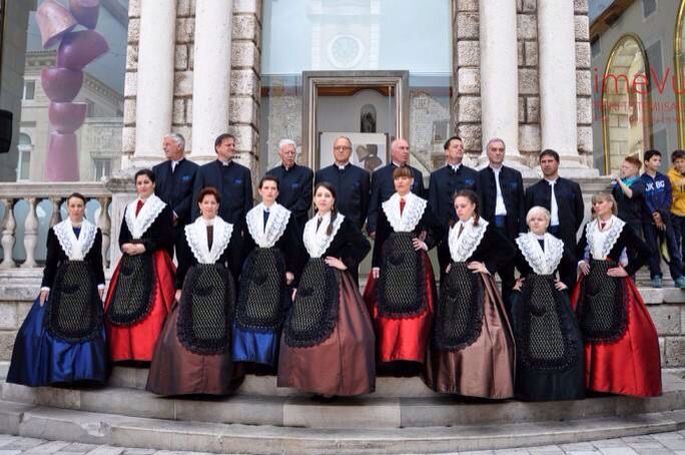THREAD: ARBANASI OF ZADAR
The Arbanasi of Zadar (who call themselves Arbëneshë in their dialect) are a small but influential community of Albanians who hailed from the regions surrounding Lake Shkodër in present-day Montenegro.
The Arbanasi of Zadar (who call themselves Arbëneshë in their dialect) are a small but influential community of Albanians who hailed from the regions surrounding Lake Shkodër in present-day Montenegro.
The original migration was planned by the Venetians, lasting from 1726-1733. They offered Albanians land incentives to settle in Zadar and the surrounded areas. Other factors aided the decision to migrate, such as Ottoman religious persecution and harsh implementation of taxes.
The Arbanasi would become the main producers of Zadar's food supply for the next two-and-a-half centuries; and their Catholic clergymen would participate in the rise of Croatian nationalism, lobbying for the union of Banovina Croatia and the Kingdom of Dalmatia.
One of the most significant events in their political history was in 1873, when the Croatian Party of Rights hosted their first event in Arbanasi and took the opportunity to name Dr Ante Starčević as their leader (the founding father of Croatian nationalism).
The Italians also fought for the loyalty of the Arbanasi. A key Italian-Arbanasi figure was Giacomo Vuxani who promoted and organised the Italo-Albanian Association in Zadar in the early 20th century, at a time when Albanian-Italian relations were improving across the region.
Many Albanians associated with the National Awakening made contact, and stayed with Arbanasi in Zadar, such as Faik Konica, Shtjefën Gjeçovi and Fan Noli. Arbanasi gave their support for Albanian independence in Arbanasi, Italian and Croatian, affirming their multiple identities.
The Arbanasi were responsible for rebuilding a destroyed Zadar after Allied bombing in 1944; it was men like Krsto Tomas, an Arbanasi construction manager, that oversaw the renovation of various damaged monuments using their centuries-old stonemasonry skills brought from Albania.
The most famous Arbanasi of the post-war period was Aleksandar Stipčević, whose family came some 300 hundred years ago from Ana e Malit. He was a member of the Academy of Sciences and Arts of Kosovo, giving lectures on archaeology at the University of Prishtina from 1970 to 1973.
His magnum opus was the 1974 book Iliri ("The Illyrians"), which has been translated into English, Italian and Albanian. He died peacefully in Zagreb at the age of 85. and was honoured and decorated with the "Naim Frasheri" medal and the order of "Gjergj Kastrioti Skënderbeu".
In recent years, there have been serious attempts to revive the Arbanasi language and culture which was suppressed by the Yugoslav regime. One such example is the collection and adaptation of old Arbanasi songs by Dina Bušić and Melita Ivković: https://www.youtube.com/channel/UCbQ_1HMj0E4E4JNNluXgjiQ

 Read on Twitter
Read on Twitter